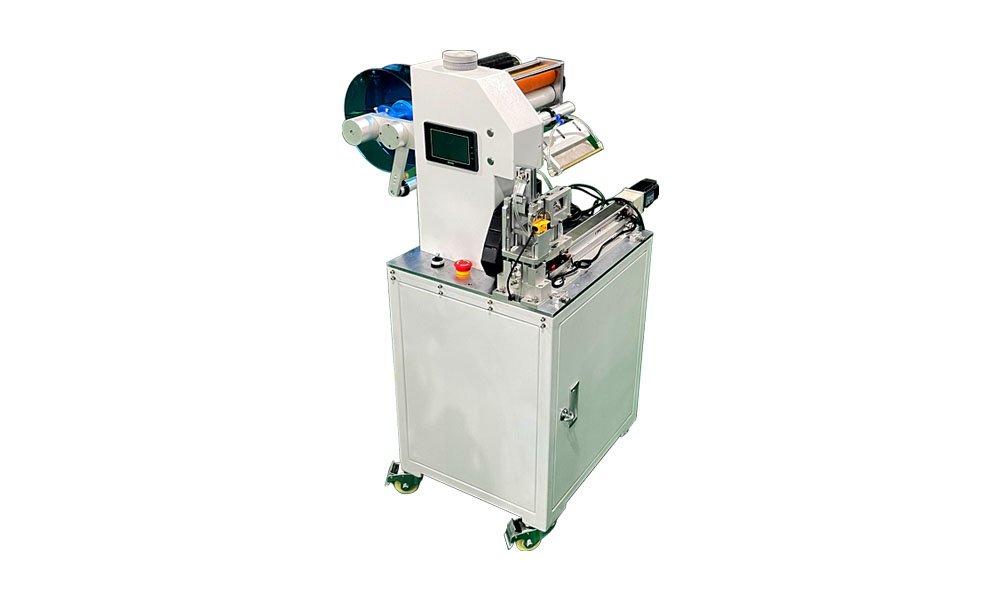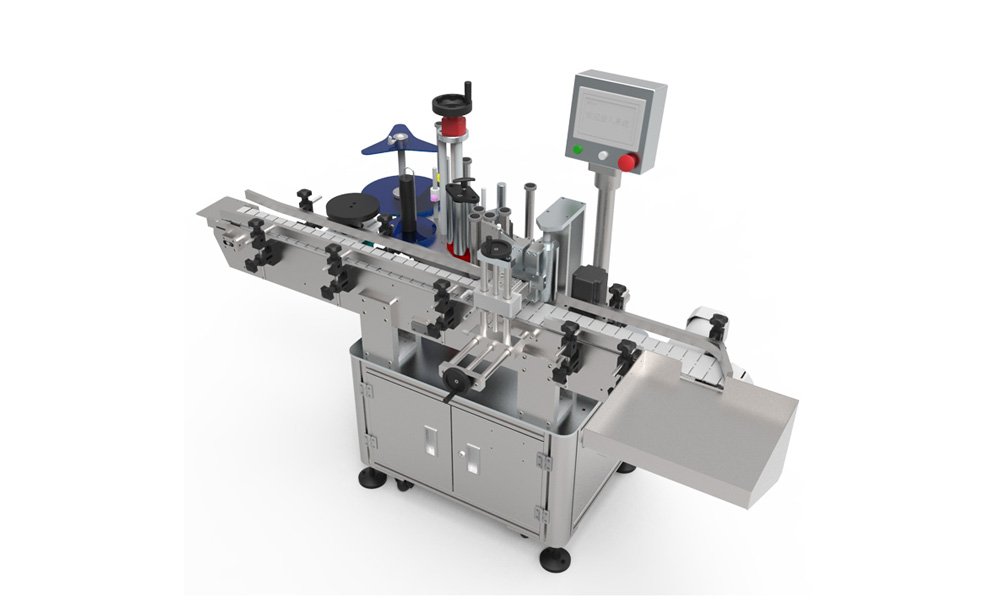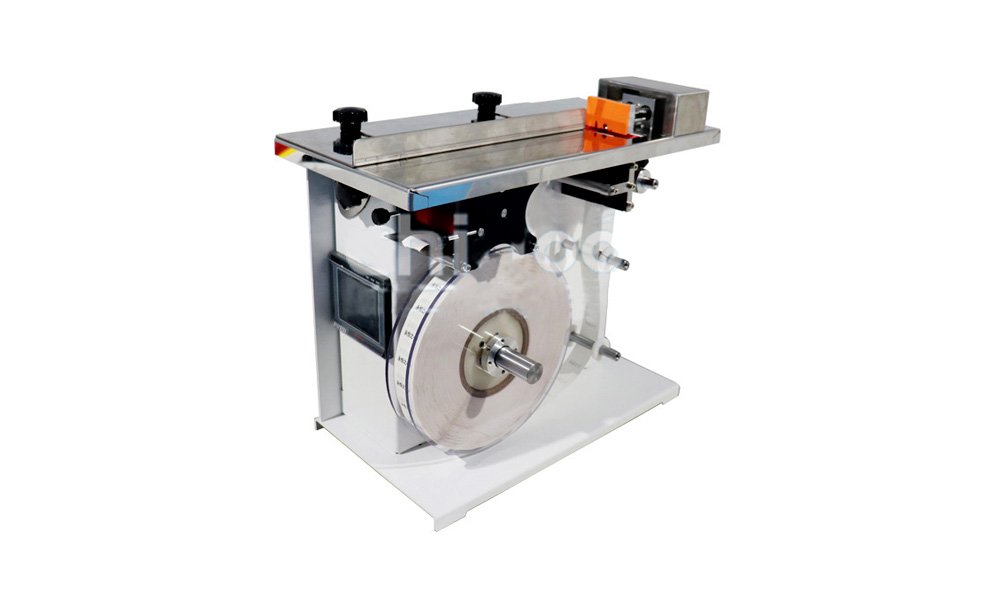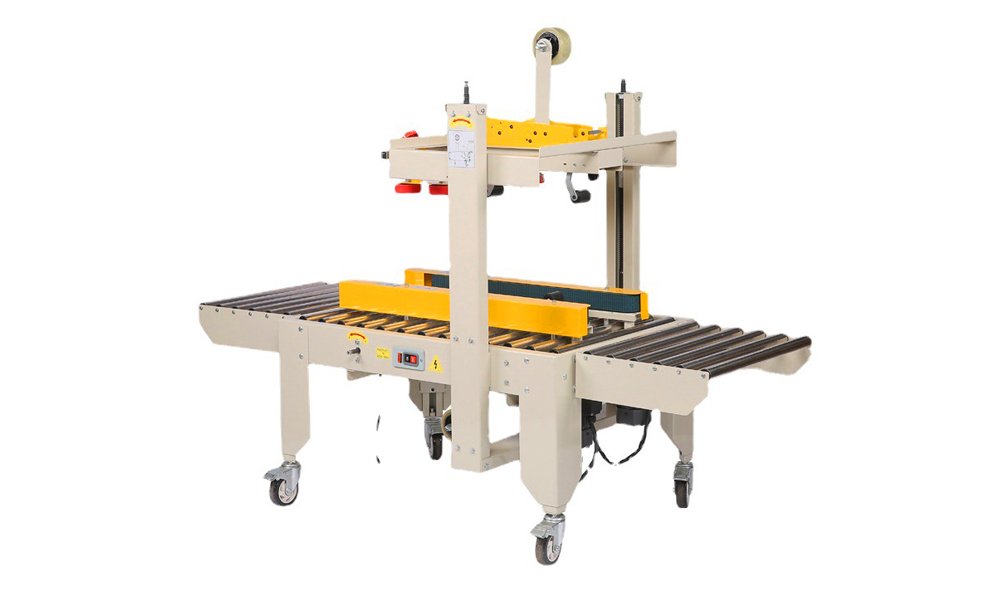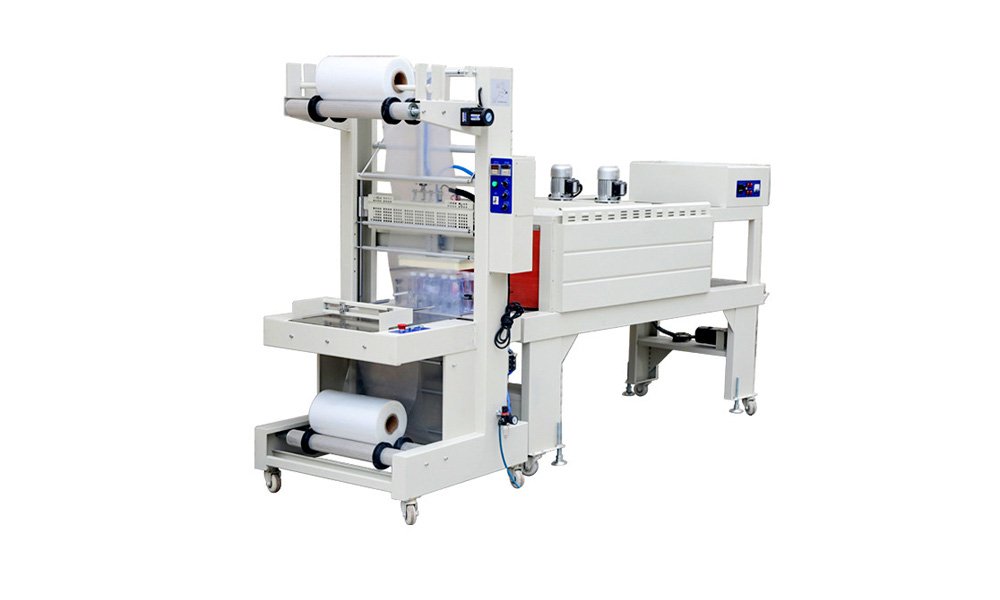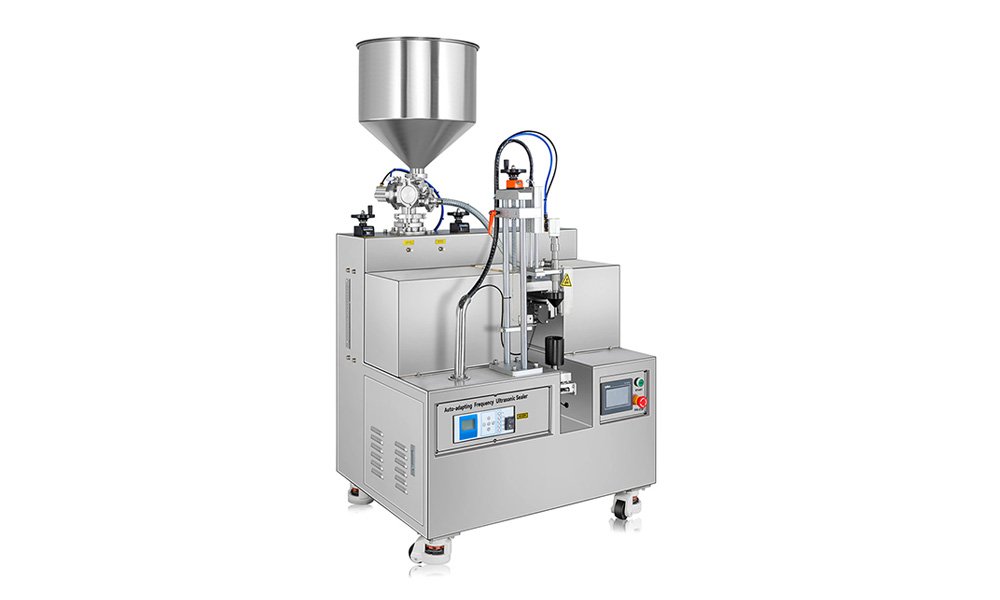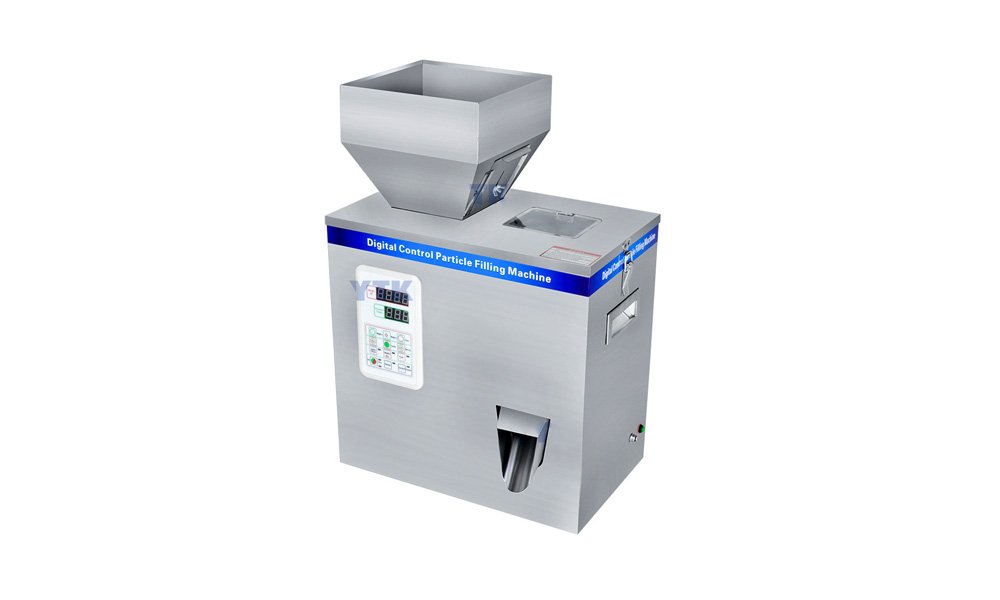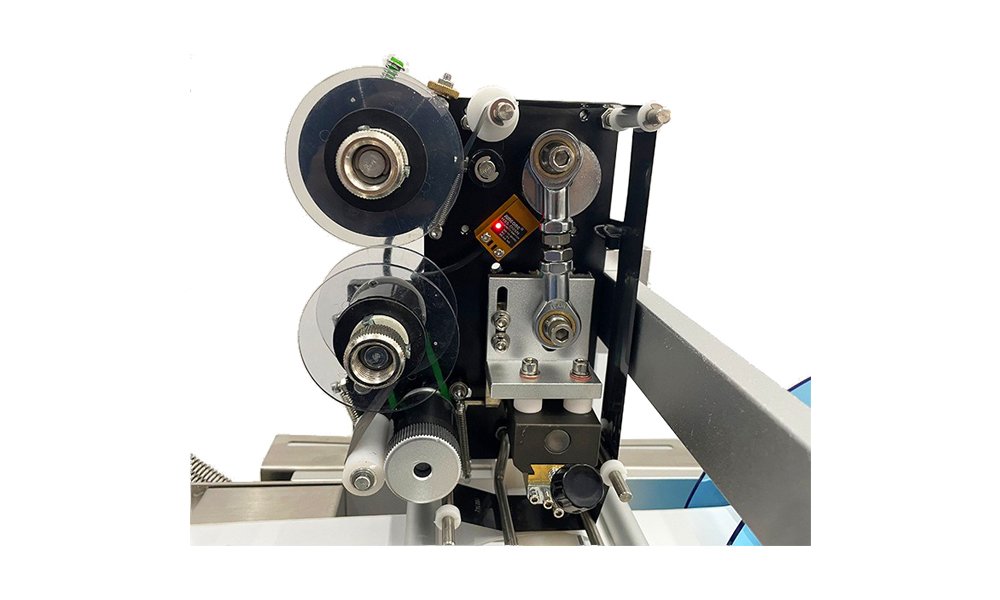The demand for efficient, cost-effective, inkless printing solutions has caused label printers to become prevalent in industries such as shipping, retail, and manufacturing. They revolutionized the way we label things, from organizing files in your office to printing shipping labels.
But how do they work? In this piece, we’re going to look at how label printers work, specifically how thermal label printers work, where you use them, and why they’re so important to your business.
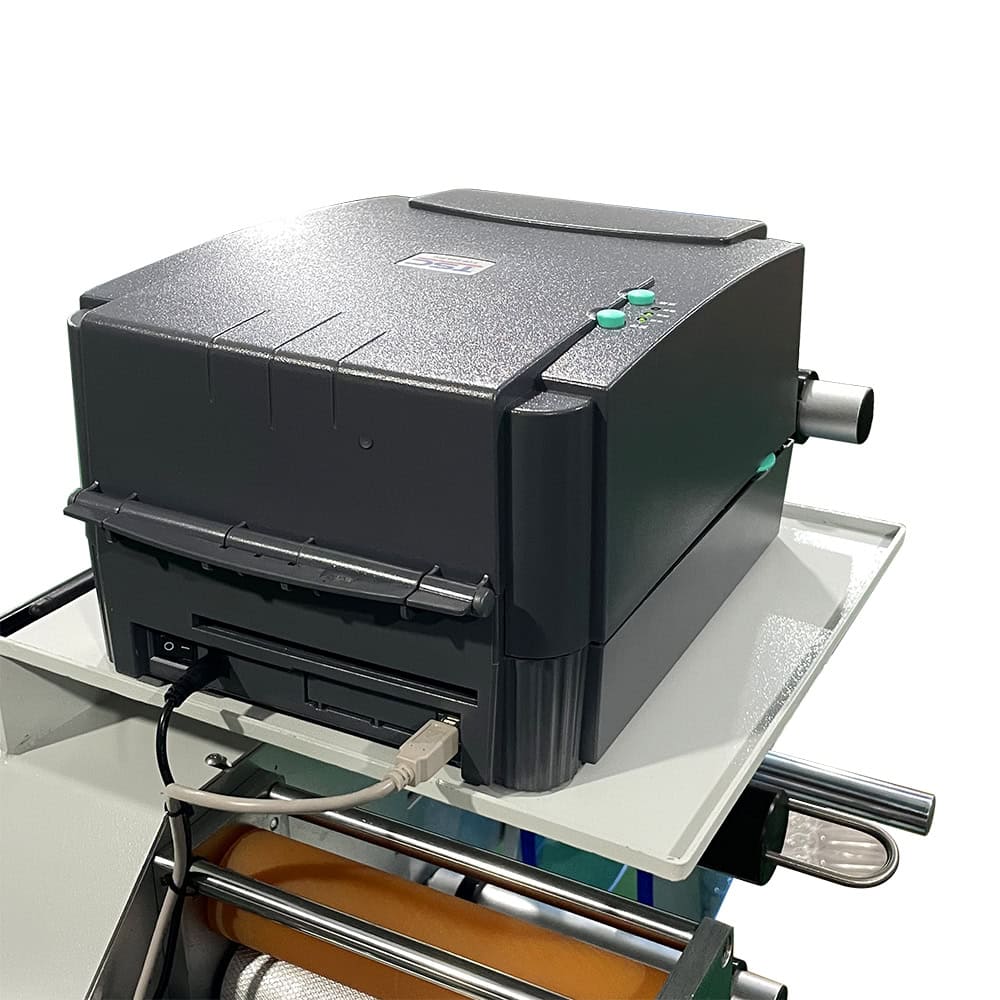
What is a Label Printer?
A label printer is a special printer that prints on self-adhesive material, whether it’s a piece of paper or a synthetic polymer. You use these labels in a variety of places such as shipping, retail pricing, barcodes, and even for organizing things in your office. The most common type of label printer is a thermal label printer. These printers are efficient and cost-effective for long-term use.
Thermal Label Printer: The Go-To Solution
Thermal label printers use heat to transfer an image onto a material without requiring ink or toner. They operate using two primary methods:
- Direct Thermal Printing: This method relies on heat-sensitive paper that darkens when exposed to a thermal print head. It’s often used for shipping label printers and receipt printers because it’s fast and straightforward, but the labels tend to fade over time if exposed to heat or sunlight.
- Thermal Transfer Printing: This method uses a ribbon that transfers ink onto the label when heated. The results are durable and resistant to environmental factors, making thermal transfer printers ideal for long-lasting labels.
How Does a Thermal Printer Work?
A thermal printer works by applying heat through a thermal print head to the label material. In direct thermal printing, the heat causes a chemical reaction in the special paper that darkens it to create an image or text. In thermal transfer printing, the heat melts the ink from a ribbon and transfers it to the label.
Thermal label printers are so efficient because they don’t use traditional ink or toner. People often refer to them as inkless printers. This reduces the cost of consumables.
Key Components of a Thermal Printer
- Thermal Print Head: The primary component responsible for applying heat to create images or text on the label.
- Sensors: These detect label positioning and gaps, ensuring precise printing every time.
- Control Board: Manages the data being sent to the printer, coordinating the printing process.
Applications of Thermal Printers
Thermal printers are used in various industries for different purposes. Here are some common examples:
- Shipping Label Printer: Often used for generating shipping labels in logistics companies, these printers ensure high-speed and accurate printing.
- Retail Pricing Labels: Thermal printers are a staple in retail environments for printing pricing tags, barcodes, and promotional labels.
- Receipt Printers: Many stores use receipt printers that work on direct thermal printing methods, making them quick and efficient.
Types of Label Printers: Choosing the Right Model
While thermal label printers dominate the market, there are different models designed for specific needs. Here’s a quick look at two popular models:
Rollo Label Printer
The Rollo Label Printer is a favorite among e-commerce businesses and warehouses. It’s known for its fast printing speeds and compatibility with a wide variety of labels. The Rollo uses the thermal direct printing method, so you don’t need ink or toner. That makes it an affordable, reliable solution for small and large businesses.
Zebra Label Printer
Another popular model is the Zebra Label Printer. It offers both direct thermal and thermal transfer. This makes it good for both short-term and long-term labeling needs, especially in retail and logistics.
The Benefits of Thermal Label Printers
- Cost-Efficiency: Since thermal printers don’t require ink, toner, or cartridges, they are much more cost-effective in the long run.
- Durability: Thermal transfer printers produce highly durable labels, resistant to heat, moisture, and wear, making them ideal for products that need long-lasting labeling.
- Speed: With fast print speeds, thermal label printers like Rollo or Zebra can produce hundreds of labels per minute, making them perfect for high-demand environments.
- Simplicity: The inkless operation and minimal consumable requirements make these printers easy to maintain and operate.
Troubleshooting Common Issues
While thermal label printers are generally reliable, there are a few common issues users might encounter:
- Fading Labels: In direct thermal printing, labels can fade when exposed to heat or sunlight. This is particularly common with shipping label printers used for short-term labeling.
- Misaligned Labels: If labels are misaligned, adjusting the printer’s sensors and paper positioning can usually fix the issue.
- Label Jamming: This is often caused by improper loading of labels or an issue with the printer’s rollers. Ensuring labels are correctly placed and checking the rollers for dirt can prevent this.
Conclusion
Label printers, and in particular thermal label printers, are a must-have tool for businesses in various industries. Whether you’re printing shipping labels or creating long-term product tags, these printers save you time, money, and hassle. Whether you go with a Rollo for your e-commerce business or a Zebra for your manufacturing business, the benefits of these inkless, heat-based printers are obvious. They are fast, cost-effective, and durable, making them the perfect solution for high-volume, long-term labeling needs.

